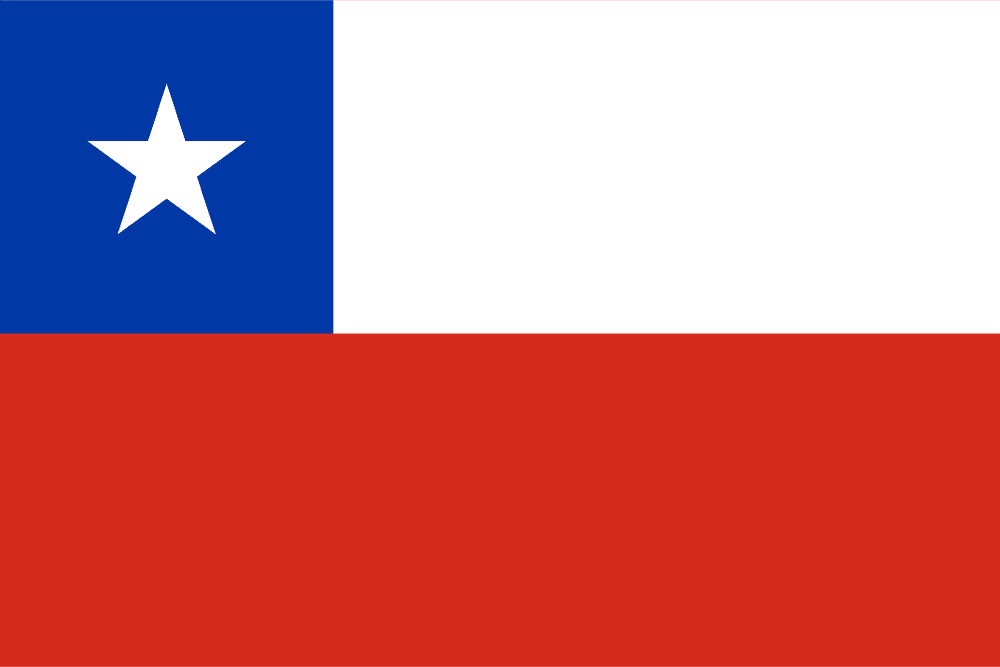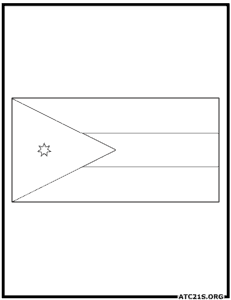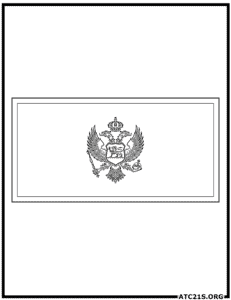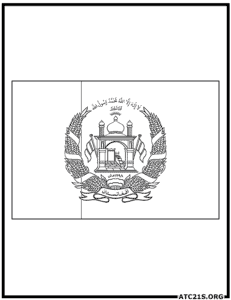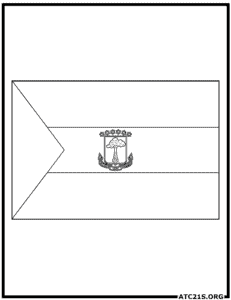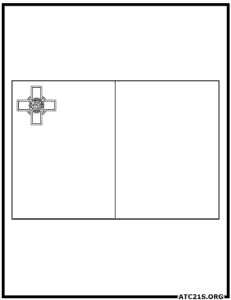Chile Flag Coloring Page Download
Chile Flag Description
The flag of Chile consists of two horizontal bands of white and red, with a blue square in the upper hoist-side corner that contains a white five-pointed star. The flag has a ratio of 3:2, meaning that the length is 1.5 times the width.
The flag’s design is based on the flag of the United States, as it was influenced by the American flag during the Chilean War of Independence. The blue square represents the sky and the Pacific Ocean, which borders Chile to the west. The white band symbolizes the snow-covered Andes Mountains, while the red band represents the bloodshed and sacrifices made by the Chilean people during their struggle for independence.
The flag was first adopted on October 18, 1817, during the government of Bernardo O’Higgins, who was the Supreme Director of Chile at the time. It was officially recognized as the national flag on October 18, 1817, and has remained unchanged since then.
Throughout Chile’s history, the flag has been a symbol of national pride and unity. It has been raised during important events and celebrations, such as Independence Day on September 18th, and is displayed in public buildings, schools, and private residences across the country.
The flag has also played a significant role during times of political turmoil. During the military dictatorship of Augusto Pinochet from 1973 to 1990, the flag became a symbol of resistance against the regime. Many Chileans displayed the flag as a sign of their opposition to the government and their desire for democracy.
In recent years, the flag has been associated with various social movements and protests in Chile. It has been used as a symbol of demands for social justice, equality, and political change. The flag has become a powerful representation of the Chilean people’s aspirations and their desire for a better future.
Overall, the flag of Chile is a powerful symbol of the country’s history, geography, and the struggles and aspirations of its people. It represents the unity and resilience of the Chilean nation and serves as a reminder of the country’s rich heritage and ongoing pursuit of progress and justice.


